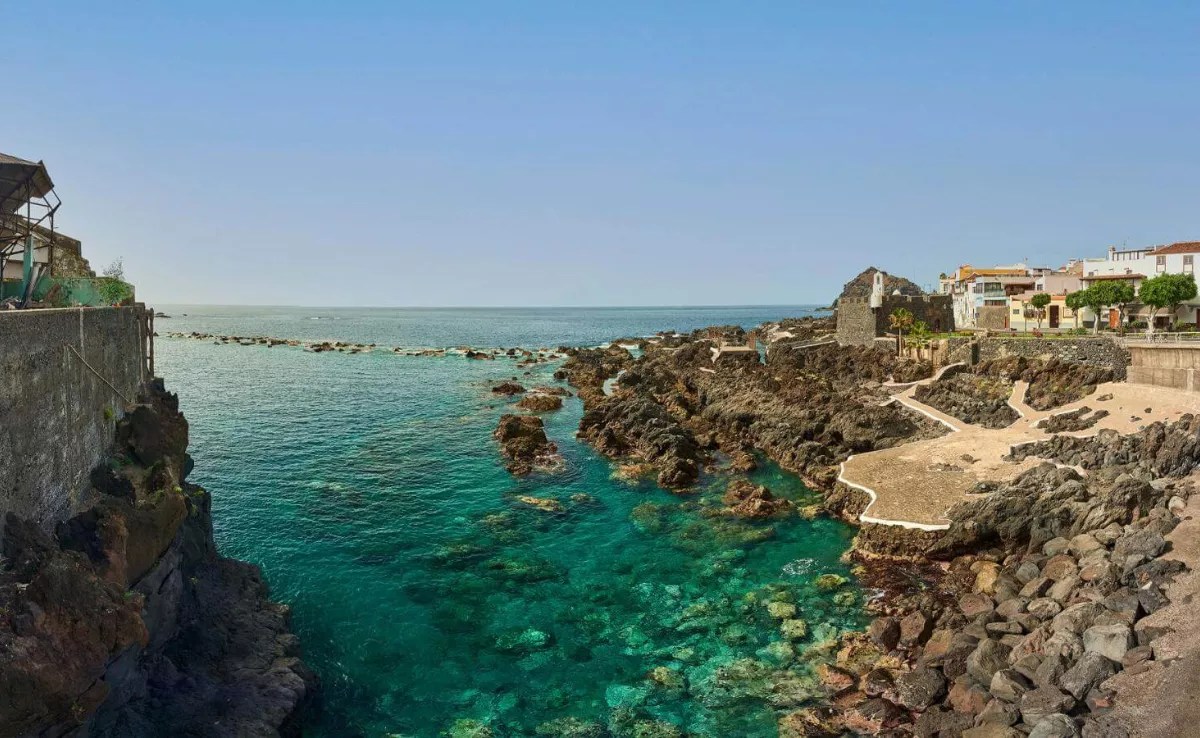Santa Cruz de Tenerife, 23 Feb. (Europa Press) –
The president of the Cabildo de Tenerife, Rosa Dávila, along with the Minister of Mobility, Eulalia García, will embark on an official visit to the city of Oporto (Portugal) on Monday to observe the operations of the Metro do Porto, a light subway system noted for its “efficiency, intermodality, and adaptation to the terrain.”
The Tenerife delegation will also include Pedro Ribeiro, the managing director of Metaranife, and project director Raúl Parra, who will join the president and the minister on this working day to evaluate solutions applicable to public transport in Tenerife.
This visit is part of the Cabildo’s strategy for the enhancement of rail infrastructure on the island, particularly concerning the planning of the South Train, the tram expansion, and the prospective North train, as outlined by the island institution.
The Tenerife council highlights that the Portuguese city of Porto serves as a “benchmark” in sustainable and integrated public transport, and its model will offer a groundwork for exploring applicable solutions for Tenerife.
Additionally, during their time in the neighbouring country, the president of the Cabildo de Tenerife, Rosa Dávila, and the Minister of Mobility will meet with officials from the Metro do Porto, gaining first-hand insights into the operation of its light subway network (tram).
They note that this infrastructure links the city with its metropolitan region, including the airport, via six lines that encompass 67 kilometres of travel and operate with 102 vehicles from the Bombardier manufacturer.
The Tenerife delegation will traverse various sections of the network to scrutinise its operation, both above ground and in underground tunnels, tailored to the urban requirements and passenger flows in each city sector, as reported by the Cabildo.
Train-TRAM System
The visit will also encompass an assessment of the Train-TRAM system on nearby lines, a model that enables the movement of light trains in interurban areas without necessitating extensive railway infrastructure.
Oporto boasts two nearby-operated lines with train-trams, facilitating an efficient connection between the urban centre and outlying areas through a streamlined model.
The delegation will examine the Bus Rapid Transit (BRT) project, which represents a commitment to intermediate solutions bridging the tram and traditional bus. This developing system will cover 3.8 kilometres of travel and aims to enhance mobility in highly demanded corridors without requiring rail infrastructure.
Moreover, the island president and the minister will assess the mixed operation of the tram system, a fundamental component in the success of the Metro do Porto.
Its integration of surface operations, underground tunnels, and adjoining sections allows for enhanced operational flexibility, adapting to the city’s topography and optimising travel times.
The visit will culminate in a session for conclusions where insights will be shared with the leaders of the Porto transport system, evaluating its impact on mobility and its potential applicability in other regions.
About the Metro do Porto
The Metro do Porto has garnered international acclaim for its innovation in urban design and transport planning. In 2008, it was honoured with the UITP award for the best new light subway system, and in 2013, it received the Veronica Rudge Green Prize in Urban Design from Harvard University.
More recently, in 2020, its Viaduct Das Andresas was awarded at the Global Future Design Awards in the transport design category.
The Tenerife council asserts that these accolades establish Porto as a leader in sustainable mobility within Europe, and that its light metro model and Train-Tram system could offer groundbreaking solutions to the mobility challenges encountered by Tenerife.
















